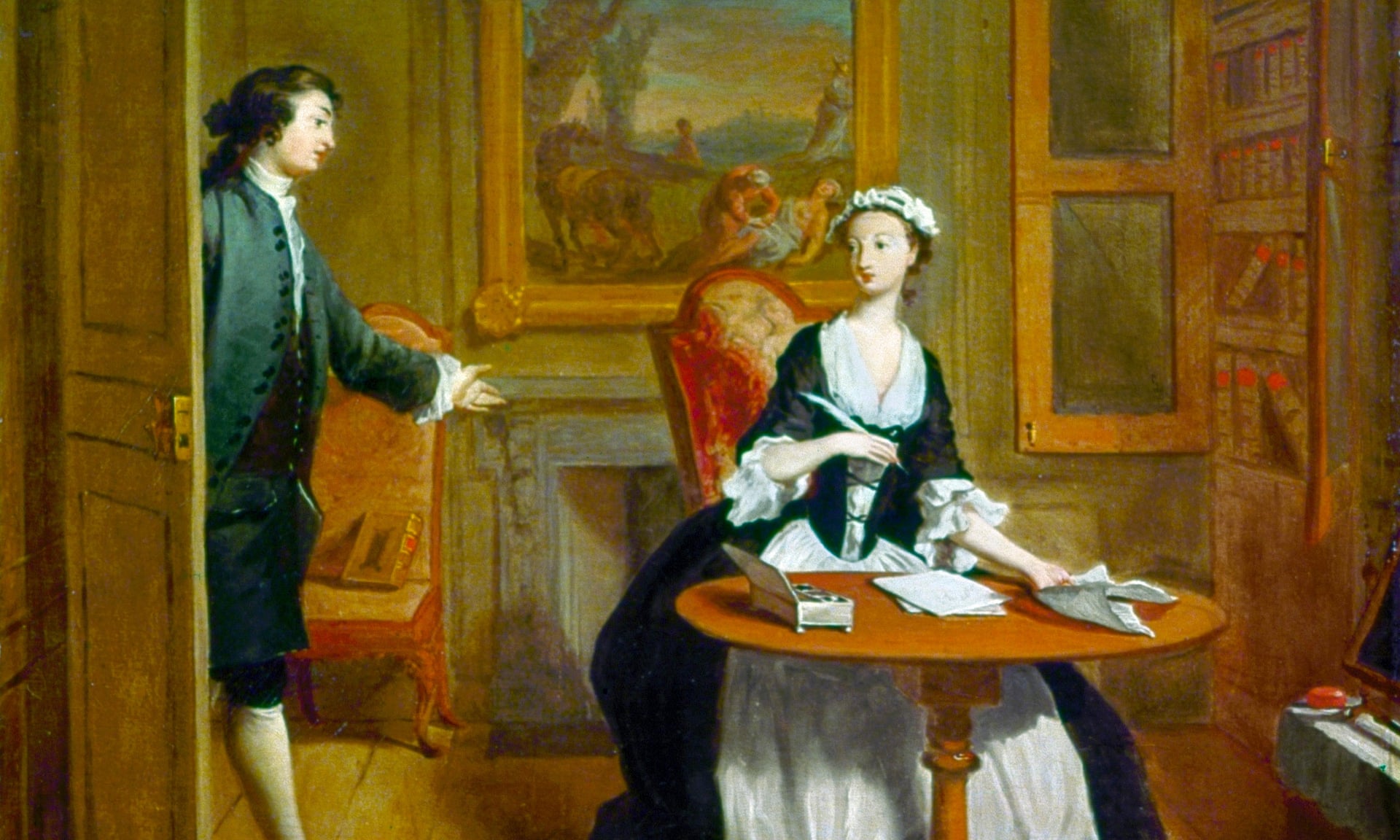Still on Julian Barnes, another of his novels that I really like is Noise of Time (2017), a literary imagining of sorts of the Russian composer Dmitri Shostakovich. Musically I will almost certainly never know Shostakovich, but Barnes’s fine character study revealed to me a man tormented by the inability to reconcile the virtuosity and grandeur of an interior personae with the smallness of the exterior life as lived, or vice versa. And one asks and must answer each for oneself: which was the real “Shostakovich” here anyway? And how great and how small can a man be? And will only time tell?
At the time of publication, along with some lauded reviews, there were a number of more critical pieces focusing on the controversial place of Dmitri Shostakovich in the history of 20th century music; some, whilst accepting Julian Barnes’s use of a real historical figure as a useful device in fictional narrative, seem to suggest that he has deliberately sought to secure Shostakovich’s legacy, not only as an artist but in a moral sense. One example is this by the musicologist, Richard Taruskin. Taruskin sees the problematic starting in fact with the very use of the composer’s real name, and an inherent confusion in differentiating between fact and fiction. This may be a valid enough criticism, though it rather underestimates the sophistication of the modern discerning reader, but he extends his negative appraisal by interpreting the novel as an attempt by Barnes to place the (historical) composer in the role of victim rather than identifying him as the opportunist he surely was. In my opinion, this is a very superficial interpretation. My reading is of the portrayal of a man, and an artist, living under totalitarianism, who, yes, made a deliberate choice to kowtow to the regime, but also had to live with the consequence of doing so; including a tainted reputation in the wider world and feeble attempts to redeem himself at least for posterity, and all of this shaded by an ever pervasive sense of guilt. Nor do I see that Barnes in any way diminishes the greater sacrifices made by others – real people and braver people; sometimes even greater artists.
Barnes’s third person narrative, told in the form of interior monologues, is of course highly subjective and therefore biased, even egocentric, but always to be discerned is a tormented, not very courageous man forever afraid of impending denunciation; mitigated only by his retreat to silence and irony and passive cooperation. I accepted the “story” – “his” story and “his” truth; the real Dmitri Dmitriyevich Shostakovich remains as elusive to me as is his music (there is something to be said for reading from a point of ignorance), and that in my opinion doesn’t detract from the literary merit of Barnes’s novel. But perhaps that is because I came to the book without looking for a confirmation of the historical person and without knowledge of the “Shostakovich Wars” played out by experts and related others only in the colours of the keys of a piano.






